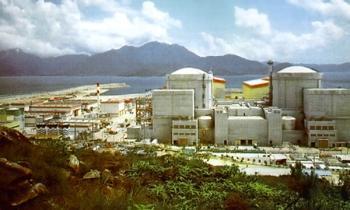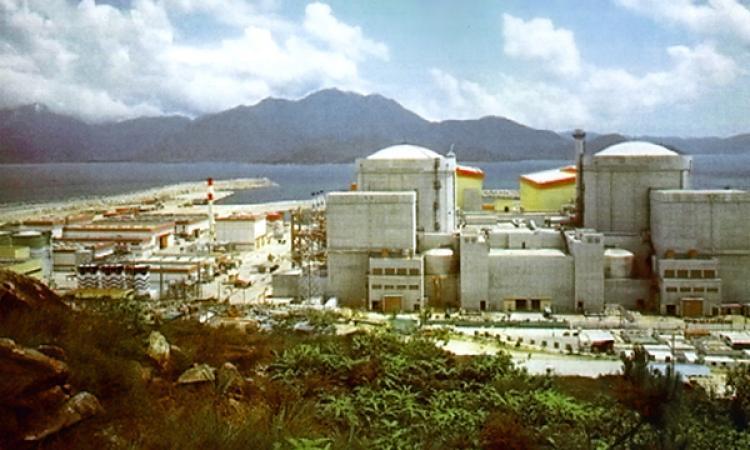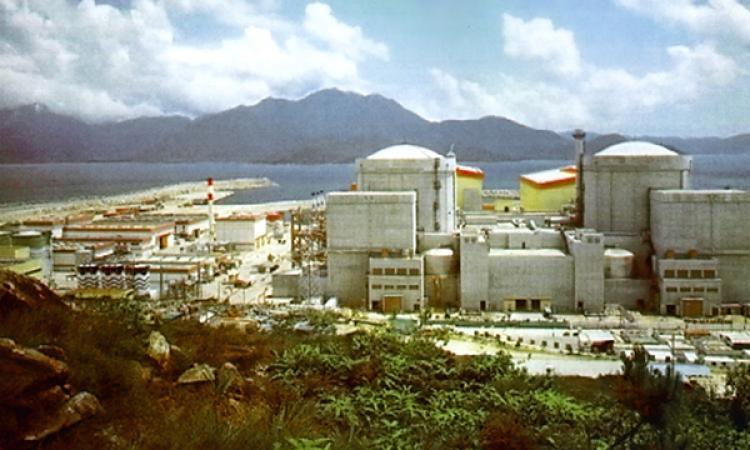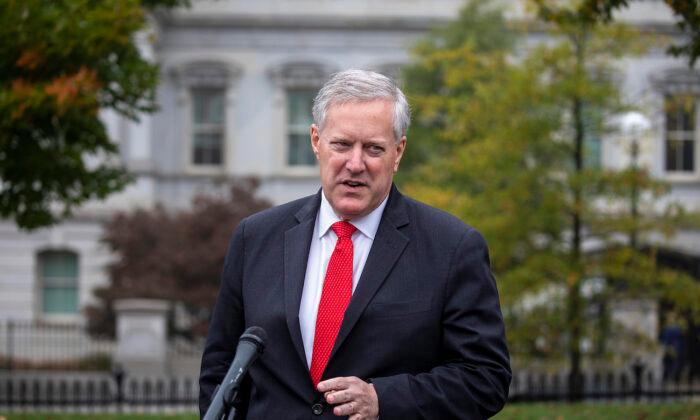The troubled Daya Bay Nuclear Power Plant is on the Dapeng Peninsula in Shenzhen, Guangdong Province, 28 miles northeast of Kowloon, Hong Kong; it has had numerous problems over the past eight years.
The latest and so far most serious damage occurred on Oct. 23 when a cooling water pipe on the No. 1 reactor was found to have cracked and was leaking nuclear radiation. The public was not told about the leak for three weeks.
It was the third time in the past six months the Daya Bay power plant has had problems.
Officials said the incident was a Level 1 Event “anomaly,” which is the lowest of seven levels, according to the International Nuclear and Radiological Event Scale.
Information to Public Delayed
Apple Daily reported that it received information on Nov. 12 that there had been a nuclear leak in Daya Bay. The newspaper checked with China Light & Power on the Nov. 13, and the Hong Kong Nuclear Investment Co. (HKNIC), which operates under China Light & Power, announced on Nov. 15 that there had been a leak on Oct. 13.
Chen Zhaoxiong, managing director of HKNIC, said at a press conference that during a routine check on the No. 1 reactor the power plant staff found two cracks—1.5 and 3 inches long, respectively—on a 14 inch pipe. “This was a Level 1 incident and was not serious,” Chen said.
Chen denied that there was any attempt to cover up the news, despite their not going public until three weeks after the incident, and only after the prodding of the media. He said the website was updated every month on the 15th, and that’s when it was announced to the public.
Some Hong Kong officials were incensed by Chen’s statement.
Hong Kong legislative councilor James To Kun-Sun said it was unacceptable that it took China Light & Power ten days to report the matter to the government and 23 days to explain it to the public. He also said he has contacted the Hong Kong Security Bureau to hold an emergency meeting. “I want to know which bureau head is responsible because he may have to pay a big political price,” To said.
Another legislative councilor, Cyd Ho Sau-Lan, said he believes China Light & Power did not announce the leak promptly because it did not want to fix the problem. He worries that as the plant ages, more serious problems may arise.
According to a Hong Kong government spokesperson, the government received a notice about the leak from China Light & Power on Nov. 2 and immediately confirmed that there was no possibility of radiation damage to the environment or to public health. The spokesperson said the government also instructed the Observatory to monitor radiation levels in the environment and made sure the public would not be endangered.
The power plant has had three incidents this year. On May 7, a 220 kV auxiliary power supply stopped functioning for several hours after being struck by lightning; on June 10, a set of temperature monitors malfunctioned and had to be replaced; and on Oct. 23, a steel pipe that delivers cooling water cracked and leaked two millisievert (mSv) of radiation into the environment. An average CT scan of the abdomen is a dose of eight mSv.
The majority of electricity generated by Daya Bay Nuclear Power Plant goes to Hong Kong. When the power plant was being built in 1987, over one million people in Hong Kong petitioned against it.
Read the original Chinese article.






